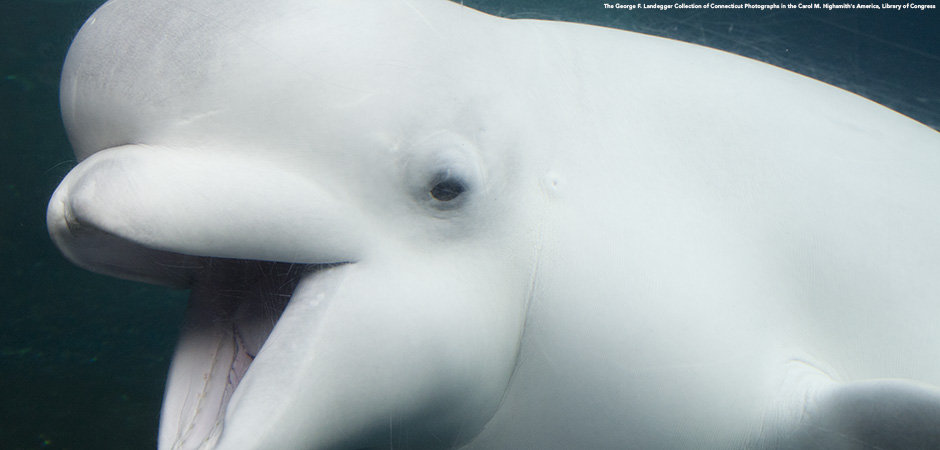
Did you know that several countries, including the United States, train animals in espionage and other military activities? A beluga whale named Hvaldimir is thought to be a Russian spy whale. Hvaldimir faces dangerous conditions in Sweden. Here, btw takes a closer look at Hvaldimir’s story, as well as the role that animals play in military operations.
Hvaldimir’s Story
In 2019, fishermen along the coast of Norway discovered a beluga whale swimming in the area. He was wearing a harness labeled “Equipment St. Petersburg,” with two mounts for GoPro cameras on it. This led people to believe that he’d been trained by the Russian navy for espionage purposes. Since then, he has become a local celebrity in Norway, starring in several viral videos.
Now, some animal rights activists are worried about the whale’s safety. It is believed that Hvaldimir came from a Russian research program. There are past satellite photos that show three whale pens near Russian naval bases near Murmansk, Russia. Those pens have never been officially explained by the Russian military. Since appearing in Norway, Hvaldimir has been injured by boat propellers, fishhooks, and other objects. Now that Hvaldimir has moved south to Sweden, he faces an even greater safety risk. Sweden is a more populated country with fewer fish and more boats. Hvaldimir has also lost weight from his journey and has had a few close encounters with heavy boat traffic. As a result, activists believe that the only way to keep the whale safe is to relocate him. They want to create a 500-acre marine reserve in northern Norway for Hvaldimir, so that they can rehabilitate him and eventually release him. Beluga whales are very social creatures, and Hvaldimir has been alone since 2019.
Spy Animals?

There are other examples of animals being used for spying purposes. A handful of countries, including the United States, train animals in intelligence. Animals have been specially trained to guard naval bases, help divers, locate lost equipment, and more. This practice began as far back as the Cold War, when the Soviet navy began training marine-mammal programs. These programs were expanded in 2014, when Russia annexed Crimea. Today, the Russian navy’s most important naval base in the Black Sea is guarded by two dolphin pens.
During World War I, the British Royal Navy trained former circus sea lions to find submarines. In 1959, the U.S. Navy began a Marine Mammal program, which trained dolphins and sea lions to locate and recover objects at sea. Since then, the U.S. has used dolphins to defend ammunition in the Cam Ranh Bay during the Vietnam War. The U.S. also trained dolphins to locate mines in an Iraqi port on the Persian Gulf in 2003.
Why Marine Mammals?
Marine mammals are well suited to many operations that are performed by the military. Dolphins, for example, are fast and intelligent creatures. They can locate and attack divers who might be trying to sneak onto naval bases. Dolphins can also use echolocation (using reflected sound waves to locate objects) to accurately locate underwater mines. They are fast and powerful swimmers, making them excellent guards in the sea—like how we see guard dogs being used on land.
